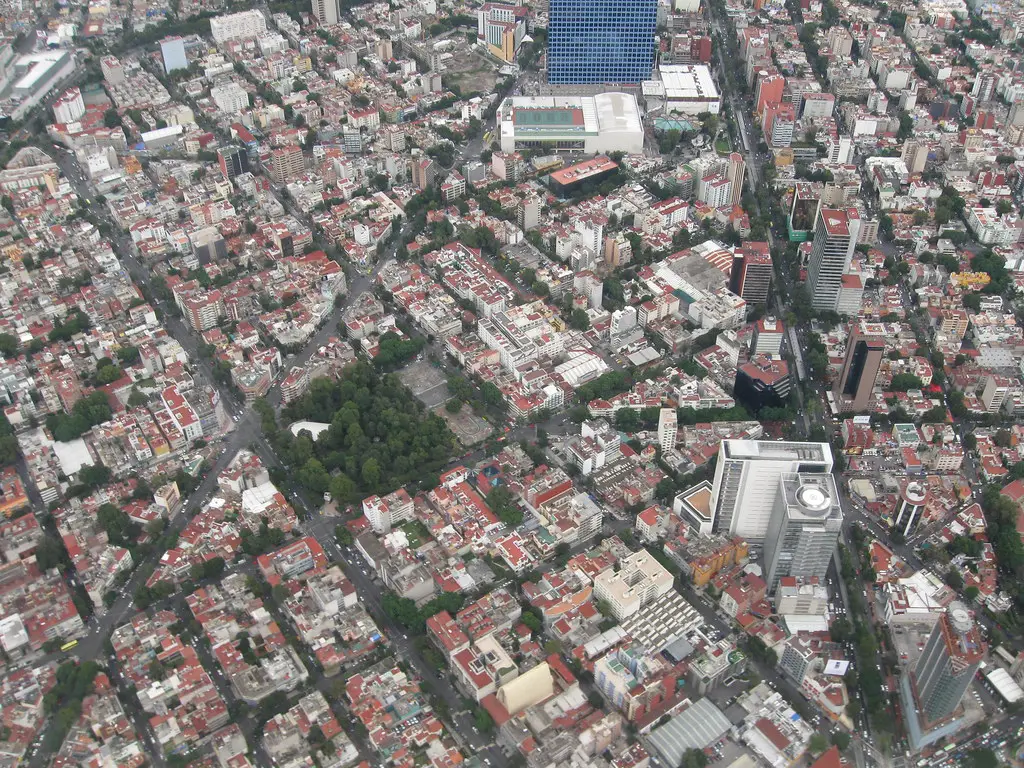Michael Bloomberg almost did it. The schematic map was all drawn up, the studies were encouraging, and his constituency—eight million New Yorkers, and millions more who did business there— was lurching towards acceptance. Mayor Bloomberg was going to bring a congestion-charging scheme to New York City and transform the streets south of the 86th urban parallel by making it a lot more costly to drive downtown.
The defeat happened years ago, but for most people in transportation policy the wound is still open and the opportunity is still missed. Congestion charging isn’t something that has taken a serious foothold in the States, though there are some fledgling pricing based systems in placed like San Francisco and Miami. A congestion charge in New York City is a bit like a gold dipped domino: it would instantly become the most impressive and sought after system in America and pave the way for other cities to initiate systems of their own. If New York can do it, then there’s no reason that Los Angeles or Des Moines, Iowa couldn’t do it as well.
Mayor Bloomberg and his lieutenant, NYCDOT Commissioner Janette Sadik-Khan, presented the idea in 2007 when they unveiled the PlaNYC2030, an ambitiously formulated plan that had no chance of full scale completion but increased the likelihood of piecemeal accomplishment; a practice in politics known stateside as “moving the goalpost.” Congestion pricing was one of those long shot goals, but it was still within the realm of possibilities if Bloomberg could muster up the political will throughout the halls in City Hall and Sadik-Khan could design the scheme.
There were twin effects that would have emerged from even a rudimentary pricing program in New York City, economic and aesthetic. Congestion pricing in New York would have meant millions in revenue for a city that has seen a lot more red in their budgets than they would like and the money from government contracts and well-heeled motorists was attractive to city lawmakers. Of course, with transportation budgets taking up to 20% of a given family’s income there is the potential for a regressive incentive device. Unfortunately, fee-based contraptions like congestion pricing don’t have a uniform effect across income brackets; there will be a burn and often it would hurt those who can least afford it.
There is the potential for a rearrangement of that calculus. The ancillary impacts of congestion pricing would presumably ripple to the outer boroughs where a severe lack of infrastructure investment has affected relative wages and quality of life. For all the talk of transit-oriented development in Stateside, attempting to reconfigure growth in cities like New York that’s changing the tire while the car is moving. Congestion pricing works towards the center from both ends; it incentivizes getting to work in every other way outside of driving and forces city planners to extend public transportation infrastructure even further. Expansion of those systems in the outer boroughs equalizes impact through unlike goods. Brooklyn, Queens, Staten Island, and the Bronx —where 80% of New York City’s population lives— could see a lot more deserved attention if congestion pricing ever comes to the City.
It never did. And while those impacts wouldn’t be seen immediately and others would never materialize, the chance to lurch forward significantly in transportation planning was completely passed up. Regional geopolitics, commuter resistance, institutional apprehension, the list of reasons not to install a pricing system are fossils of another dogmatic era. Fortunately, New York City is going through a minor revolution in the way of public space and urban planning. While a transformative program like congestion pricing will take more than a block-sized rebellion that Janette Sadik-Khan has made the raison d’être at NYCDOT, progress is progress and change will, hopefully, beget change.
Photo: Luca Bravo


